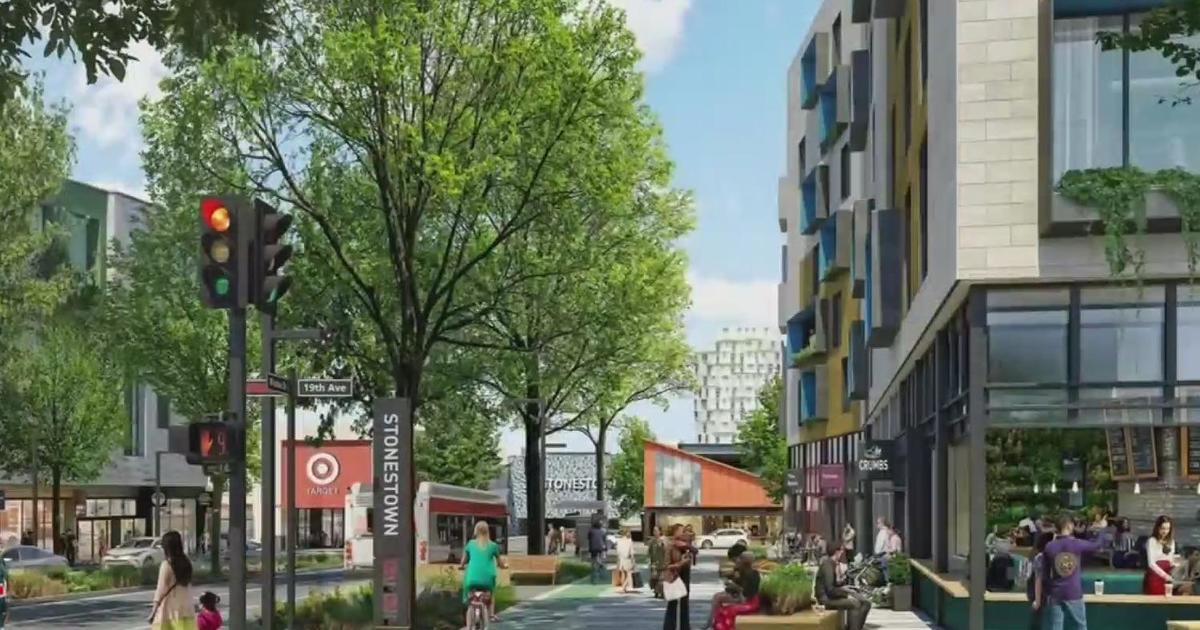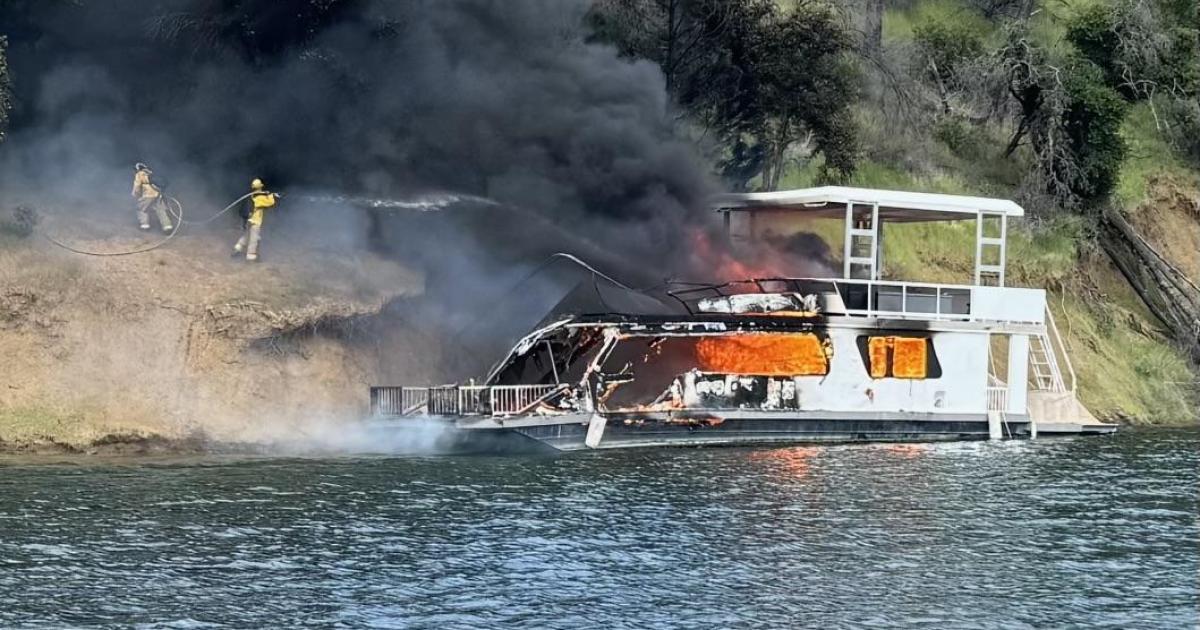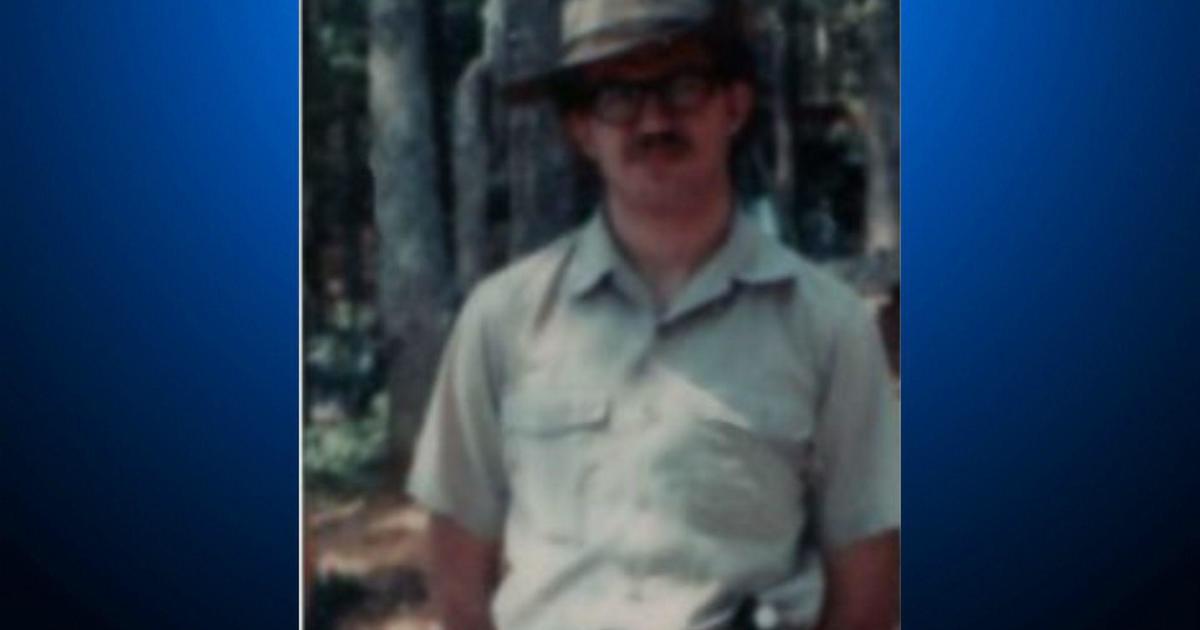Model home on display in Wine Country built for wildfire country
SANTA ROSA -- Oct. 8 marked the five-year anniversary of the wildfire that ravaged parts of Santa Rosa. For many homeowners, the rebuilding process has been slow in coming. Now, a company is showing off a model home that promises to cut the time of construction while lessening the impacts of future wildfires in the area.
On Sunday, the sign on the street listed the fire danger as "low" which, for some, means the impact of wildfire may be "out of sight, out of mind." Five years after the deadly Tubbs fire, those who are still rebuilding their homes in the Fountaingrove area are well aware of the situation.
"Where we are in Santa Rosa burned down with the 2017 fire so, just simply being able to rebuild quickly enough is a large part of this as we go forth," said Kellan Hannah, growth and development director of a modular construction company called Dvele.
On Sunday, Dvele hosted an open house for a model home in Fountaingrove that was built in a partially automated Southern California factory in days, rather than years.
"You see metal coming off the spools, they're being folded by our machines. They're being fitted into place and then built within a day," Hannah said. "You know, the entire frame is built one day and, the second day, an entire home is put together in a shell."
Then the finish work begins and, after about 24 days, a completed house is sent out in pieces, lifted by crane and assembled into a finished home. The whole process -- start to finish -- takes about a month.
Dvele project manager Sam Love said he sometimes scratches his head when he sees people rebuilding with traditional construction methods.
"I often wonder why they would want to build slower than faster, if they could," he said.
"I think it's definitely an interesting experiment," said Cory Warren, who toured the house on Sunday. "And it's probably where we're headed -- a way to make things more efficiently."
The home is more than just efficient. It's also designed to be climate resilient.
Outside surfaces are largely fire resistant and the solar panels and backup battery protect against the frequent threat of power shutoffs. The house also features an advanced ventilation system that can filter smoke and recirculate room air to cut down on the need for heating and air conditioning.
"It's so innovative that, even three or four or five years from now when other builders have caught up to what they think is futuristic, we'll even be further ahead," Hannah said.
Finally, the house actually monitors itself for signs of trouble. Three hundred sensors embedded in the walls, electrical, water and HVAC systems keep track of things like temperature, moisture levels -- even the condition of air or water filters. If desired, the house can automatically schedule contractors to make repairs.
"That's the beauty behind what we're doing," Hannah said. "It's like, why not just be in a home that you don't have to think about?"
These days, a lot of thought is going into making things that we don't have to think about. Which leaves us time to ponder things we'd rather no -- like the daily fire danger.
How much does something like this cost? It depends on the size of the home. The company has designs that cost from $3 million to $300 thousand for a backyard mini house.




